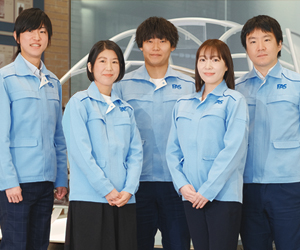In the Furukawa Automotive Systems Group, which boasts a network of 41,000 employees worldwide, including Japan, one plant with a position of special importance is the Group’s Vietnam plant, Furukawa Automotive Systems Vietnam Inc.(FASV).
FASV was established amid rising demand for production of wire harnesses. But how did the Plant begin?
In this Project Story, we tell the story behind the project to build a plant supporting large-scale manufacturing.
From the project members who launched operations in Vietnam, you’ll hear the tale of how FASV was born.
We talked to Mr. Sono, Executive Officer, and Mr. Sakamoto of Production Engineering Dept. 1.
Table of Contents
Aiming to Be the World’s No. 1 Wire Harness Plant
“The biggest reason [for establishing FASV] was that our existing production facilities were proving inadequate amid a rise in orders for wire harnesses.”
Wire harness production is a labor-intensive industry.
We chose Vietnam for a wide range of reasons, including workforce availability, work ethic and proven results.
“We had already started operations at FAPV (Furukawa Automotive Parts Vietnam Inc). A lot of the employees there were from Vietnam’s Ben Tre Province, so we felt it would be easy to find personnel there. [We knew] the Vietnamese people are serious and skillful with their hands, and we could point to the earlier proven results at FAPV.”
“Also, we obtained the support of the Ben Tre People’s Committee.
“Another thing was that, though the infrastructure in southern Vietnam was poor at the time, it was starting to become more convenient. The Rach Mieu Bridge over the Mekong River was being built, construction of an expressway was under way, and so on.”
And so in 2008 FASV was established in Vietnam as a wire harness plant specializing in high-productivity manufacturing.
The concepts behind the Plant’s establishment were:
“Construction of the worlds’ No. 1 wire harness plant”
“Construction of a global model plant”
From the very beginning, the NF Production Method (New Furukawa Production Method: The Toyota Production Method as implemented at Furukawa Automotive Systems) was instituted, achieving high quality and efficiency and aiming for maximum production from the start.
“A project team was assembled for the Plant startup. The team members worked together to envision the target state for the Plant to ensure a successful completion. From planning to launch, the team worked for about two years, sharing information as it did so.”
The project team consisted of 26 people. By Company function, the team started with 13 people from headquarters in Japan and 13 people, both Japanese expats and Vietnamese professionals, from FAPV.
Overcoming Difficulties and Conflicts After Establishment
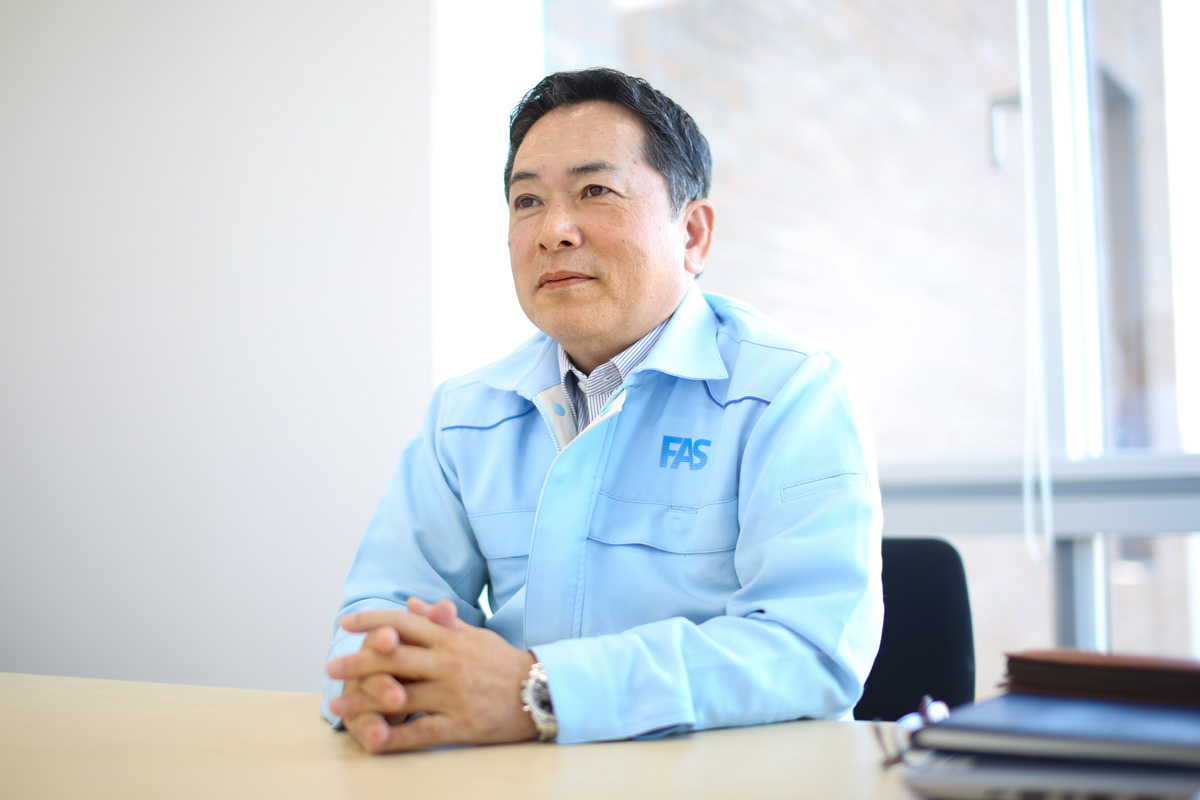
“We received enormous support from FAPV in achieving SQDCM (the five indices of Safety, Quality, Delivery, Cost and Motivation). Also, FAPV transferred workers native to Ben Tre Province to us, so we were able to obtain the people we needed and start the Plant according to plan,”
“No. 1 Plant began operation in 2009. No. 2 plant started up in 2011. So the beginning was smooth.”
But a number of issues awaited to endanger the continuation of the project. The launch of each vehicle model would drag on interminably. The food was different, as were other environmental factors. Hiring problems cropped up. Hiring and training enough personnel for a plant that required 8,000 manufacturing workers at peak hours proved a challenge.
“In our frenzy to meet the launch deadline and to recover from delays when they occurred, we had day after day of conflict with the Vietnamese staff.”
The team members worked to solve these problems one by one.
The Land of Vietnam: Unimagined Problems and Daily Living
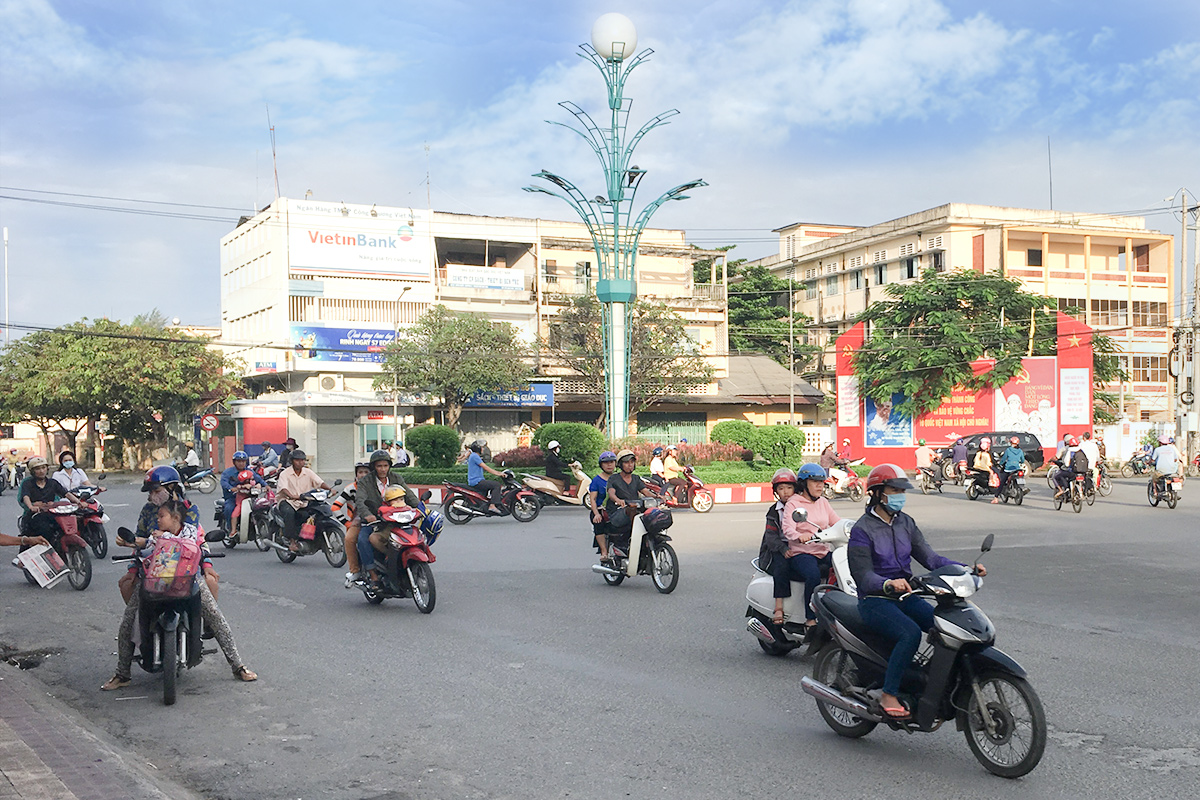
“And then there was the nature of Vietnam itself. Problems you could never imagine in Japan happened frequently there.”
Problems with the climate and the infrastructure surfaced as they only could in Vietnam.
“Lightning strikes frequently took down the power grid during the rainy season. We dealt with these outages running the generators installed at the Plant full tilt, so that production wasn’t affected.”
One problem in which a series of minor inconveniences added up day by day into serious trouble was the inconvenience of daily life.
In a land where the team was not used to living, the troubles never seemed to end.
“The first problem to occur was that of accommodations. At the time we were the only Japanese in the area. There were no apartments catering to foreigners in that area, we had no choice but to stay at a hotel for our entire time stationed there.”“Because we were all staying at the same hotel for such a long time, we were together day and night. So I think we made an effort to be considerate of each other.”
Another concern familiar to expats everywhere was food.
“Of course the most vexing issue of all was food. We inevitably got bored with the fare available, and Japanese food was hard to come by there.”“We figured out some tricks. We used soup brought in from Japan and added local ingredients to make stew.”
Recounting one wistful tale after another, the team members recalled the circumstances of those days in a congenial mood.
The ingenuity with which the members created a life for themselves as they pressed on with their work in a foreign land is testament to their keen motivation and tenacity in those days.
Overcoming One Hardship After Another, the Team Brought the Project to a Successful Conclusion
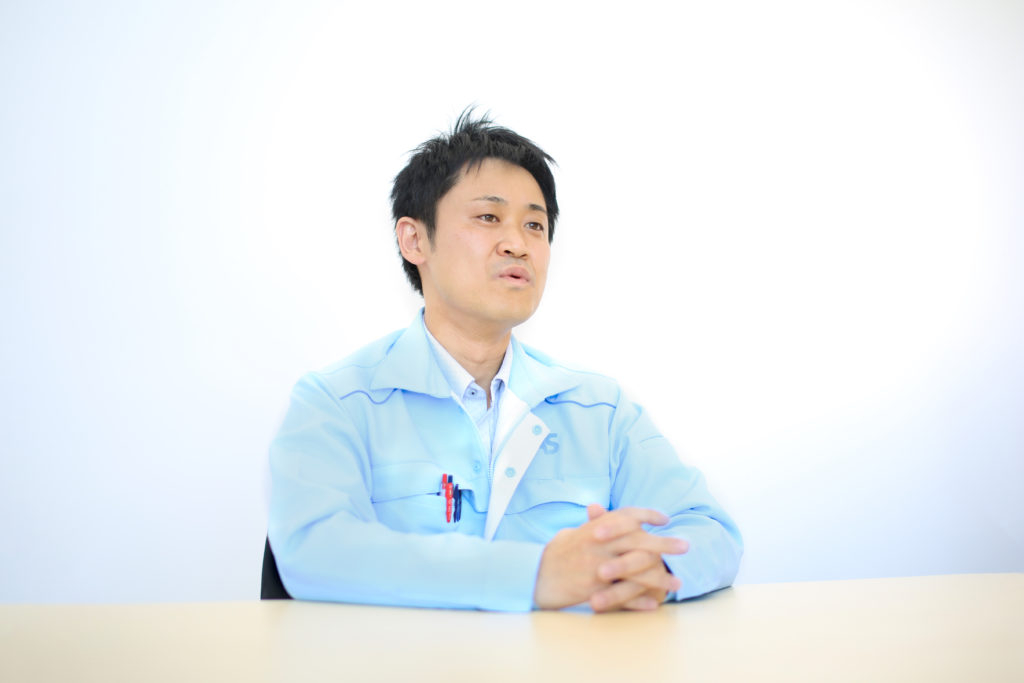
“One was the fact that, busy as we were, all of us in the project team, Japanese and Vietnamese, pulled together as one team.”
“The Vietnamese staff grew into their roles and applied themselves vigorously to managing the Plant’s operations, so that the team succeeded in building the foundations of FASV.”
“Through countless tribulations, the project members and everyone else involved pulled together to tackle the problems. Only when the production lines began working for the first time and the first products were shipped could we finally say that all the production lines had launched as originally planned.”
“We reported these facts to head office and closed out the project with no incidents.”
Future Directions for FASV
“After [the launch of FASV], orders received for wire harnesses climbed higher still. In 2011 we expanded the Plant, doubling the area of the production zone, from 10,000sqm to 20,000sqm. We also added production lines, doubling production capacity at FASV.”“Also, when the Furukawa AS Group later established FALP (Furukawa Automotive Systems Lima Philippines, Inc), the expertise gained during the FASV project was applied at FALP.Of course, FASV doesn’t just rely on transfer of expertise. The Plant is constantly honing and improving its own operations. Through untiring efforts to increase productivity, we reduced the number of employees required at peak output from 8,000 to 4,200—even with an increase in production capacity.”
Currently the manufacture of wire harnesses for delivery to Japan is mainly carried out at FAPV and FASV in Vietnam and at FALP in the Philippines. However, FASV is the plant that enjoys top-class positioning in terms of the five indices of Safety, Quality, Delivery, Cost and Motivation.
“Going forward we see further increases in the wire harness production volume in the medium-term plan. In the near future, when Furukawa AS requires increases in production capacity, we will pass our expertise onward, so [the Furukawa AS Group] can get even better at making products that satisfy customers.”
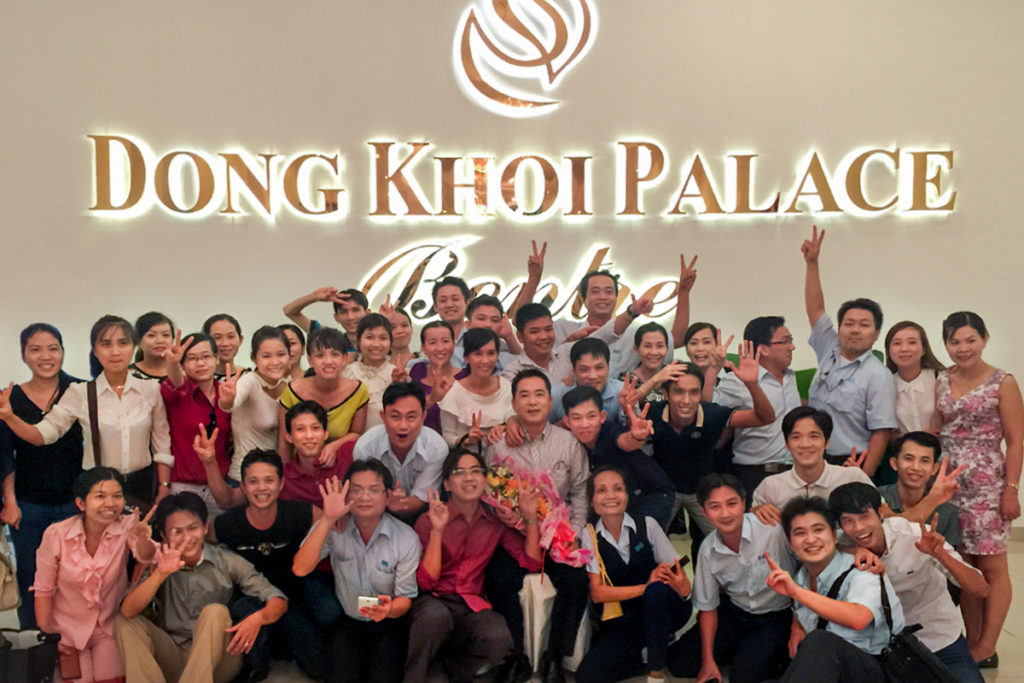
Established in Vietnam to provide a more efficient production site for wire harnesses, FASV has taken root as one of the greatest achievements of the Furukawa AS Group.
The determination and tenacious drive of the people at FASV to become the world’s No. 1 wire harness plant, while passing on its expertise and putting it to use in the rest of the Furukawa AS Group, was palpable in this interview.
We will continue to update these interviews on an occasional basis.
Be sure to look forward to the next Furukawa AS Project Story.
![[Vol.1] FASV Aiming to become the world’s No. 1 wire harness factory](https://furukawaas.xbiz.jp/wp-content/uploads/2020/05/recruit_ps_img00-1.jpg)
![[Vol.1] FASV Aiming to become the world's No. 1 wire harness factory](https://furukawaas.xbiz.jp/wp-content/uploads/2020/05/cong-ty.jpg)
![[Vol.2] Project Story-Understanding the secret story of Alpha Terminal development-](https://furukawaas.xbiz.jp/wp-content/uploads/2020/05/recruit_ps2_img00.jpg)
![[Vol.9] Welcome to the 9th FAS NEXT! The Co-creation of FAS Head Office and FAS Starts Here](https://furukawaas.xbiz.jp/wp-content/uploads/2022/03/IMG_0373-1024x683.jpg)
![[Vol. 7] FAS in the World of Motorcycles (Part 2): From Hidden Parts of Stock Motorcycles to MotoGP](https://furukawaas.xbiz.jp/wp-content/uploads/2021/08/56522010_m_3-1024x684.jpg)
